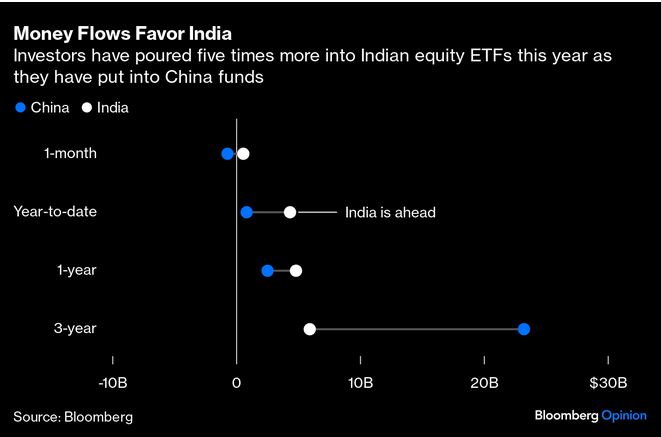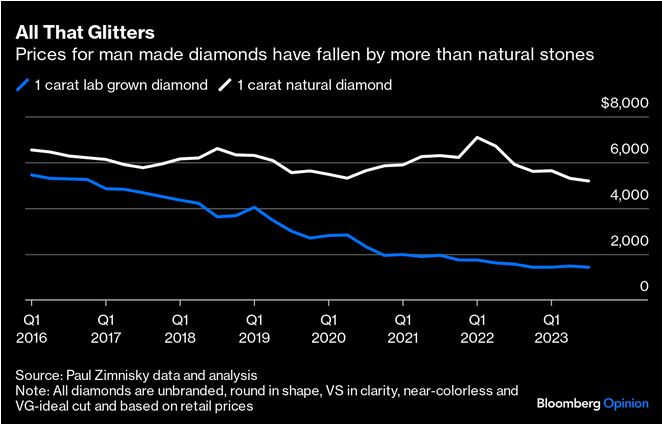|
You
can also view the message online
|
|||||||||||||||||||||||||||||||||||||||||||||||||||||||||||||||
 Châtenay-Malabry (FR - 92290), November 27, 2023 EFITA newsletter / 1083 - European Federation for Information Technology in Agriculture, Food and the Environment The informatique-agricole.org site offers you the possibility of subscribing the RSS feeds of its two newsletters See RSS feeds to implement to ensure that you continue to receive this newsletter To unsubscribe this newsletter, please contact me directely: guy.waksman(a)laposte.net if this link Unsubscribe does not work. 
To correspond with me (GW), please use this address: guy.waksman(a)laposte.net To subscribe the efita newsletter (please ask your friends and colleagues to test this link) Efita Newsletters subscription World Future Farming Forum 21 March 2024 - AMSTERDAM Join us on March 21st 2024 as we gather visionaries, innovators and key opinion leaders in food and agriculture from all across the globe. At the World Future Farming we believe in bringing together the brightest minds from across the entire food chain to discuss the current challenges the food and ag sector is facing and how to tackles these collectively. In a world with unprecedented challenges, we strongly believe a healthy food and agricultural industry are part of the solution in a lot of the current environmental and social goals. We cover topics such as: - Leaders in AgTech and tech - Outlook from food producers and investors - Tech in focus & regenerative agriculture Whether you’re a seasoned expert an aspiring entrepreneur, investor, policy maker or simply passionate about shaping the future of food and ag, we invite you to the World Future Farming Forum and join us in leading the charge for change in the industry. See futurefarming.com TECH HUB LIVE 2024 July 29-31, 2024 - DES MOINES Join us at the 4th annual Tech Hub LIVE Conference and Expo. Explore the latest tech innovations and connect with industry stakeholders committed to leveraging the latest tech innovations for practical business advantages on the farm. See techhublive.com Old soviet joke Ivanov applied to the Communist Party. The party committee conducts an interview. "Comrade Ivanov, do you smoke?" "Yes, I do a little." "Do you know that comrade Lenin did not smoke and advised other communists not to smoke?" "If comrade Lenin said so, I shall cease smoking." "Do you drink?" "Yes, a little." "Comrade Lenin strongly condemned drunkenness." "Then I shall cease drinking." "Comrade Ivanov, what about women?" "A little...." "Do you know that comrade Lenin strongly condemned amoral behavior?" "If comrade Lenin condemned, I shall not love them any longer." "Comrade Ivanov, will you be ready to sacrifice your life for the Party?" "Of course. Who needs such life?" See johndclare.net If you are grandparents, read… My grandmother’s support – and Creole cooking – helped me to love myself when I didn’t know how, by Margaret Wilkerson Sexton, 8 Nov 2023 See the guardian.com If you still have your grandparents Visiting your grandparents can help them live longer – and help you to live better, by Ellie Keel, 14 Nov 2023 See theguardian.com/ Before computers: Plowing during the WW2 at Loucrup (Hautes Pyrénées) / Avant l'informatique : Labour pendant la deuxième guerre mondiale à Loucrup (Hautes-Pyrénées)
Weekly newsletters about ICT in Agriculture in English and French Both newsletters have around 5000 subscribers. >>> Last weekly EFITA Newsletters in English (created in 1999) Efita Newsletters >>> Last weekly AFIA Newsletters in French (created more than 20 years ago in 1997) Afia Newsletters >>> Statistics for the latest efita newsletter >>> Latest issue of the afia newsletter >>> Latest available satistics for the afia newsletter FutureFarming.com > Future farming: Researchers see a future for agricultural solar parks, but also challenges Solar parks and agriculture do not have to be placed on separate fields. It is possible to combine both functions on the same field. > New Holland unveils giant combine harvester CR11 at Agritechnica New Holland officially presented the CR11 combine harvester on Sunday, November 12. It is the new flagship of the machinery manufacturer. > Digital services – McCormick has them all A partnership with Agrirouter, the multi-format data exchange Cloud platform, has opened the door to wider-ranging digital services and solutions for McCormick users. Could we have imagined this 20 or even 10 years ago? > Field robots: FarmDroid launches spot-application system FarmDroid has launched a spot-application system for its FD20 robot. Originally, the FarmDroid FD20 was developed for organic farmers. > Field robots: Premiere for modular Tipard 1800 field robot from Digital Workbench The German engineering company Digital Workbench presents the Tipard 1800 field robot at the Agritechnica trade fair. > Autonomous tractors: Autonomous AgriRobo Kubota M5 with CVT available only in Japan The Japanese tractor manufacturer Kubota showcases a larger version of the autonomous AgriRobo at Agritechnica 2023. > Regenerative farming: Carbon plough lives on in Lemken’s Koralin cultivator Machinery manufacturer Lemken presents the Koralin cultivator as part of regenerative agriculture (carbon farming). > Field robot: Kuhn’s autonomous robot tractor Karl live at Agritechnica Here it is: Karl, the autonomous robot tractor from the French machinery manufacturer Kuhn. > ANEDO, LACOS, and OSB connagtive present a future-proof ISOBUS terminal ANEDO, LACOS, and OSB connagtive jointly present a pioneering and future-proof ISOBUS terminal at the Agritechnica. > Photocontest: a glimpse into the technological transformation of agriculture At Future Farming we invited our readers to capture the spirit of progress in agriculture through captivating photos. > Indoor farming: a glimpse into the technological transformation of agriculture A new book provides a review of the latest research in the development and application of plant factories with artificial lighting (PFALs). > Test drive with the electric narrow-track tractor Fendt e107V It's four years later than originally planned, but next year Fendt will finally start (limited) production of an electric narrow-track tractor. Future farming made a test drive. > World Agri-Tech Innovation Summit in Dubai Hosted alongside COP28, the summit presents a powerful platform to build a robust agri-tech ecosystem in the climate-stressed regions of the Middle East, Africa and South Asia. > Hydrogen-electricity: Indian Tafe presents tractors powered by hydrogen and electricity The Indian tractor manufacturer Tafe displays two innovations at Agritechnica: an electric tractor and a hydrogen-powered tractor. > Innovations DLG: DLG Agrifuture Concept Winner 2023 unveils promising innovations for farmers The DLG (German Agricultural Society) has announced the winners of the prestigious DLG-Agrifuture Concept Winner award. > Lovol tractors: Green and white Chinese Lovol tractors now with CVT at Agritechnica At Agritechnica there are again green and white tractors from China. The name Arbos is no longer on the hood, but now it's Lovol. > Spraying technology: Bayer is also working on a carried spot sprayer The German company Bayer Crop Science took the opportunity at the Agritechnica trade fair to showcase a prototype of its spot sprayer. > Autonomous tractors: Claas surprises with prototype autonomous Xerion tractor The German machinery manufacturer Claas surprises visitors at Agritechnica 2023 with a prototype autonomous Xerion tractor. > Autonomous tractors: Eidam Landtechnik showcases prototype autonomous tractor The German machinery manufacturer Eidam Landtechnik is presenting a prototype of its autonomous tractor at Agritechnica 2023. > Connectivity: Jacto steps forward to delivery connectivity to Brazilian farmers Connectivity is a huge obstacle for Brazilian farms to climb the level of digital agriculture. > Microspraying with UK’s SRC Tomv4 hits the target Small Robot Company develop a robot system for monitoring, analysing and treating weeds, pests and diseases in maize and wheat crops. > Fertilizer spreader: Giga Fertilizer Spreader Horsch Leeb Xeric 14FS The German machinery manufacturer Horsch introduced a pneumatic fertilizer spreader with a working width of 48 meters and a hopper capacity of 14 cubic meters. > Unmanned tractors: ‘Machinery manufacturer must prepare for unmanned tractors’ Dutch arable farmer Gert Sterenborg in the north of the Netherlands has tested an unmanned autonomous Steyr tractor. > Vision + Robotics: WUR Agro Food Robotics embarks as Vision + Robotics The Agro Food Robotics programme at Dutch Wageningen University Research (WUR) has officially rebranded itself as 'Vision + Robotics.' > Ag-Robot Buying Guide 2024 is out now, 60 field and harvest robots to choose from For the fourth consecutive year, Future Farming magazine has compiled the most comprehensive overview of field and harvest robots for outdoor crop production. > Weed control: Tensorfield eradicates weeds using heated vegetable oil US startup Tensorfield Agriculture is pioneering the commercial adoption of thermal micro dosing for weed control in vegetable crops with its machine Jetty. > Fertilizer technology: Giga Fertilizer Spreader Horsch Leeb Xeric 14FS The German machinery manufacturer Horsch introduced a pneumatic fertilizer spreader with a working width of 48 meters and a hopper capacity of 14 cubic meters. > Digital farming: Farmtopia – European project paving the way for Digital Farming accessible to all Farmtopia, a Horizon Europe project running from September 2023 to August 2026, aims to democratise digital farming, focusing on small-scale farmers. > Autonomy: AGCO’s vision for autonomy accelerates with FarmFacts acquisition AGCO is taking next steps with the acquisition of FarmFacts' German data platform and the launch of AGCO Ventures. > Weed control: MoonDino has wheels that also act as weeding tools The ArvaTec MoonDino is able to autonomously carry out weeding and padding operations in rice fields. > Field robots: Microspraying with UK’s SRC Tomv4 hits the target Small Robot Company develop a robot system for monitoring, analysing and treating weeds, pests and diseases in maize and wheat crops. See futurefarming.com Les moissonneurs / The harvesters, par Léon-Augustin Lhermitte (1844-1925)
Au lavoir / At washfontain, par Léon-Augustin Lhermitte (1844-1925)
Global High Tech Initiative > Bayer Collaboration with Microsoft Connects Farm Data to Address Lack of Data Interoperability New connectors allow secure, compliant data exchange, enabling farmers to make better use of agricultural data > Corteva Agriscience: Laser Focused on Innovation and Sustainability Corteva Agriscience leverages data and technology to help farmers produce more with less. > Raven: Advancing Agriculture Through Innovation Embark on a journey of agricultural innovation with Raven. Through cutting-edge technology and unwavering commitment, Raven is propelling the industry forward. Discover how Raven is reshaping farming practices and ensuring sustainable food production for a rapidly growing world. > What's Shaping Ag Equipment Trends in Key Global Markets? Agrievolution leaders highlighted important equipment trends shaping the future of agriculture at Agritechnica. > Pattern Ag, Stine Seed Form Partnership to Predict Corn Rootworm Pressure The Stine Prescriptive Pathogen Report is designed to accurately predict and mitigate future risks associated with the devastating pest. > AGCO Continues Technology Transformation to Become an Industry Leader in Smart Farming Solutions Tech stack addition of FarmFacts Digital Assets and AGCO Ventures among next steps following joint venture with Trimble. > Challenges and Expectations of European Agriculture at Agritechnica 2023 As the event is held during a turbulent time, questions persist for the sector. What investments are farms planning? What innovations are in demand? > Naïo Technologies Launches Augmented Autonomy at Agritechnica Augmented Autonomy, an innovation from Naïo Technologies, a leading company in agricultural robotics, enables their entire fleet of robots to operate autonomously, without a human operator. This results in significant time savings and increased efficiency. > Topcon Expands Its Precision Technology Offering at Agritechnica 2023 “Topcon is dedicated to making precision technology accessible to farmers of all types and sizes, democratizing technology, ensuring that the benefits of productivity and efficiency reach a broad spectrum of farming operations,” said Antonio Marzia, senior vice president and general manager, EMEA and APAC, Topcon Agriculture. > How Tecnoma’s ‘Localized’ Spraying Solution Works Precision spraying is a major factor in ensuring optimum crop protection while protecting the environment. By spraying only weeds, you can avoid stressing healthy plants and guarantee yields, while limiting the use of plant protection products. Tecnoma has worked with experts in drone and satellite image detection and capture, and has adapted its own control algorithm to incorporate the high-resolution maps produced. Areas of weeds in the rows are accurately detected by the sprayer for targeted weed control. > Bayer Demonstrates Digital Technologies As a Key Enabler for Regenerative Agriculture The company presented a comprehensive set of innovative solutions leveraging precision farming through data and AI at Agritechnica. > Estonian AgTech Startup eAgronom Converts 200k Hectares into Sustainable Farmland to Support African Farmers Through its carbon credit program and sustainability-increasing measures, eAgronom is improving the soil health of farms across Africa. See globalagtechinitiative.com Les glaneuses / The Tedders, par Léon-Augustin Lhermitte (1844-1925)
Jeune mère / Young mother, par Léon-Augustin Lhermitte (1844-1925)
Evolving Microsoft Azure Data Manager for Agriculture to Transform Data into Intuitive Insights As AGRITECHNICA 2023 — the world’s leading trade fair for agricultural machinery — makes a triumphant return after nearly four years, over 450,000 attendees from 130 countries will come together to witness the latest and greatest agriculture innovations firsthand, according to Microsoft Azure. However, not all of these breakthrough innovations take up large exhibition spaces. Some are quietly revolutionizing the industry through data and analytics, equipping farmers with tools for smarter, data-driven decision-making. These data-driven tools — including transformative AI that is reshaping industries — depend on clean, unified data. That’s why we announced Microsoft Azure Data Manager for Agriculture in March 2023, a data platform that leverages industry-specific data connectors and capabilities to connect and unify farm data from disparate sources. With Azure Data Manager for Agriculture, organizations can leverage high-quality datasets for digital agriculture solutions, allowing customers and partners to focus on product innovation rather than data management. .../... See globalagtechinitiative.com Raven Event Offers a Glimpse of a Bright Ag Tech Future Throughout its history, Raven Industries, has always prided itself on being not only a leader in existing ag technology, but an innovator of new technologies as well, writes Eric Sfiligoj at CropLife. Recently, both of these characteristics were on display as the company held its third annual Ignite Event for customers and visitors at its Sioux Falls, SD, headquarters and nearby research facility in Baltic, SD. Paul Welbig, then-Director of Business Development, kicked off the meeting, explaining the company’s thought process behind Ignite. “We are coming out with new innovations all the time,” said Welbig. “What if we brought everybody together to share best practices and ideas?” The three-day gathering, held in mid-August, attracted 145 attendees, with many in attendance from the ag retail community. .../... See globalagtechinitiative.com
agfundersnews.com 4G Robotics raises $17.5m for autonomous mushroom harvesting robots - British Columbia, Canada-based TechBrew Robotics has rebranded to 4AG Robotics and raised $17.5 million in equity financing. - The company has developed an autonomous harvesting robot it says can greatly alleviate labor challenges in the mushroom industry. - BDC Capital’s Industrial Innovation Venture Fund and InBC Investment Corp. led the round with participation from Emmertech, Jim Richardson Family Office, Lex Capital, and “a series of angel investors from across Canada.” Sean O’ Connor, CEO of 4AG, says mushroom harvesting is a task especially well-suited to automation. “Unlike other crops, they grow at an astonishing rate (4% per hour) meaning if you’re behind on harvesting by a few hours, you can start to lose yield and quality as the mushroom bed overgrows,” he tells AgFunderNews. Canada is the world’s eighth-largest producer of mushrooms, the vast majority of which are grown in Toronto and British Columbia. But supply can struggle to keep up with demand thanks to labor challenges in the industry. Much of the industry’s labor relies on immigrant workers that are increasingly hard to come by thanks to new laws and restrictions in many countries including Canada. “This problem is magnified by the fact that it’s difficult to find labor to harvest this crop as it’s high-skill,” says O’Connor. “It takes three to four months for a mushroom harvester to start being efficient on a farm in undesirable conditions (humid, dark, bending over all day, climbing up and down racks, etc.).” …/… See agfundernews.com Aigen raises $12m to scale solar-powered autonomous robots to 20,000+ acres - US-based Aigen Robotics has raised a $12 million Series A for its solar-powered, autonomous robots for agriculture. - Australia VC ReGen Ventures led the round with participation from New Enterprise Associates, Cleveland Ave, Incite, and Susquehanna Private Equity Investments. - Aigen will use the funding to scale its robotic fleet for a wide launch in the US in 2024. “It was always part of our vision to not use fossil fuels as part of the energy source during the operation of the robot,” Aigen cofounder Kenny Lee tells AgFunderNews. To avoid fossil fuels, Aigen has developed a solar-powered robotics platform equipped with sensors, cameras and software that monitors and manages plants in the field. Its fleet will autonomously navigate the field, removing weeds via blades at the end of the robotic arms and deploying “advanced ML [machine learning] for precision strikes,” says Lee. Solar panels double as “sails,” helping the robot take advantage of any high winds on the farm. Simultaneously, the robots analyzes the crops and provides farmers with data to assist growers in plant management decisions. …/… See agfundernews.com John Deere’s Heraud looks back on 10 years of leading ag innovation — and what to expect in the next decade, by Jennifer Marston, November 17, 2023 .../... Some of the most important developments within John Deere could be categorized in three areas. The first category is our machine journey. Two examples are ExactEmerge planter technology and X9 combines. The ExactEmerge technology is designed to put seed into the ground at speed with pinpoint population and spacing accuracy. This technology has resulted in up to a 9% increase in grain yields, showcasing the direct benefits of sustainable practices. Leveraging the data collected using this technology, farmers can gain new insights and make better decisions year after year to grow more with less. The X9 combine allows farmers to be more productive. The machine can harvest up to 30 acres an hour in wheat and up to 7,200 bushels an hour in high yielding corn. The technology on the combine can sense varying crop conditions and automatically adjusts the machines ground speed to maintain a consistent crop load. This helps farmers get more out of the machine’s capacity and improve grain quality. The second area is our automation journey. See & Spray technology is a game-changer in our Leap Ambition journey, helping farmers reduce their non-residual herbicide use by more than two thirds and maintain a hit rate comparable to traditional spraying. This technology uses our integrated tech stack, letting farmers manage their production at the plant level. The result is fewer chemicals applied to places where they’re not necessary, in this case the soil, which can create an overall positive outcome for the farmer’s economics as well as the health of the soil, waterways, and biodiversity. Another example in the automation journey is our Combine Advisor package on combines. Combine Advisor automatically adjusts the combine’s harvest settings to put higher quality grain in the tank and reduce the chance of grain loss. Cameras on the clean grain and tailings elevator help them make informed decisions on the crop that is flowing up and into the grain tank. The third category is our digital journey. As these advanced machines pass through the field, vital sensor readings are being gathered in the John Deere Operations Center, enabling easy documentation and traceability of field practices, so farmers and their trusted advisors can easily evaluate productivity and agronomic outcomes. See agfundernews.com Investment in data integration is crucial for companies in the agricultural supply chain, by Peter Leppan, November 20, 2023 Over the last decade, the agricultural industry has shown a strong willingness to embrace digital transformation. Significant advancements in technology and data have improved commercial performance and competitiveness in an ever-evolving market landscape. To date, digitization has been focused on the farm itself, but there is a growing emphasis on the wider agricultural supply chain. The acceleration of transformation in agriculture In recent years the global agriculture industry has experienced a near “perfect storm” of external events in a condensed timeframe, such as the pandemic, the ongoing war between Russia and Ukraine and ever-increasing food demands. Because of this, we are seeing further acceleration of digital transformation and reassessment of processes as organizations strive to optimize their commercial performance and retain competitiveness. Proagrica research has found that 100% of companies interviewed had started investing in the digitalization of internal workflows, including ERP systems, as well as external digital integration with customers and/ or suppliers. Most now recognize that this investment is crucial to not only their profitability and customer loyalty but also their competitiveness and indeed in some cases, survival. Considering the above change in emphasis, the data-driven transformation of the agricultural supply chain is growing, but each organization consider take certain vital steps to begin with. Critically, organizations must ensure that integrated digitization is the first of these. Without this, the more ambitious goal of connecting to the supply chain of the future will remain impossible. >>> Removing data silos through integration is critical The agriculture industry has undergone much consolidation in the recent past. Approximately 60% of the companies consulted for a Proagrica white paper have been involved in merger and acquisition activities over the past three years. In light of this market consolidation, it is not uncommon to find organizations operating multiple operational processes at the same time. This leads to organizational and data silos. These silos can lead to a host of issues, including overstaffing, data errors, and delayed message transmission. Such issues can limit the potential of data to optimize the supply chain. Data in these scenarios tends to stagnate within the confines of individual organizations. On top of this, market consolidation processes are usually complex, and organizations do not want this complexity to spread externally and have an impact on how easy it is to conduct business with them, and how they serve their customers. .../... See agfundernews.com Les glaneuses / The tedders, par Léon-Augustin Lhermitte (1844-1925)
Le lavoir près de la Ferme d'Erlan / The washfountain near the Ferme d'Erlan, par Léon-Augustin Lhermitte (1844-1925)
Crunch time for cultivated meat: ‘Probably 70-90% of players will fail in the next year’, by Elaine Watson, November 20, 2023 On paper, cultivated meat might seem like a no-brainer. Unlike plant-based options, which still don’t quite hit the spot for many consumers, it promises the allure of ‘real’ meat without the ethical and environmental baggage that comes with plundering our oceans and raising billions of sentient land animals for food. In practice, however, there’s no playbook for biomanufacturing meat at scale. The funding environment has changed dramatically as investors have soured on alt proteins, and we don’t know whether consumers will pay a premium once the novelty wears off. The media narrative around cultivated meat, which was universally positive a few years ago, has also changed dramatically over the past year: Articles about innovations in the space now compete with headlines about cancerous cells, greenwashing, vaporware, and business failures, against a backdrop of grim quarterly results from plant-based meat brand Beyond Meat. So, can cultivated meat make the transition from a loss-making novelty served at a handful of high-end restaurants to a commercially viable alternative to animal agriculture? …/… See agfundernews.com Recognizing the Triumph of Science in Space and Agriculture, by V. Ravichandran, August 24, 2023 India’s successful lunar landing this week is a proud moment for our country and a pivotal, positive moment for our farmers. It offers important proof how far India has come and points to what we may yet attain—both in the heavens above and here on earth. Remember the Apollo 11 moon landing in 1969. How can anyone forget such a great moment? Neil Armstrong’s quote still reverberates in my mind: “One small step for a man, one giant leap for mankind.” Many people around the world watched the event on their televisions, but not me. Those days, there were no televisions in India. We were listening to the status of the Apollo 11 space mission through radio news. The launch of Chandrayaan-3 last month, by contrast, was televised throughout our country on all the channels as well as streamed on the internet. Millions of people are in awe of the technology behind the spacecraft and full of patriotic pride about India’s accomplishment. .../... See globalfarmernetwork.org Au Jardin / At garden, Chartèves (Aisne), près de Mont-Saint-Père, par Léon-Augustin Lhermitte (1844-1925)
Q&A with CEO of Verdant Robotics, Gabe Sibley, By Alex Gray, Published on November 22, 2023 Verdant Robotics seeks to expand its precision solutions to more crops. Gabe Sibley, the CEO and cofounder of Verdant Robotics, is looking to make an immediate impact on the world through his work. In 2018, Sibley and Curtis Garner launched Verdant Robotics, a Silicon Valley company developing precision spraying solutions. It brings an array of technologies together to apply inputs down to the millimeter level. This system uses multiple-view geometry, hyperspectral imaging, inertial sensors, light detection and ranging (lidar), kinematic sensors, and GPS when available. Verdant’s service is currently available only for specialty row crop operations, but the company is running trials for corn and soybean applications in the Midwest, and units are available for purchase now. See agriculture.com In the 1920s, Americans used to wish for “a chicken for every pot” (and possibly a turkey for every table) We’ve accomplished that goal and then some. According to the U.S. Department of Agriculture, U.S. farmers produced over 8 times as much poultry in 2019 as in 1948.
Most children die from preventable causes To make progress against child mortality, we need to know what children are dying from. In the chart, you can see global estimates from the Institute for Health Metrics and Evaluation in 2019. The size of each box corresponds to the number of children under five years old who die from each cause. Infectious diseases, shown on the left, were most common, killing an estimated 2.17 million children annually. This includes respiratory infections, diarrheal diseases, malaria and meningitis. Next were birth disorders, such as preterm birth, neonatal asphyxia (suffocation), and trauma, which together caused an estimated 1.88 million deaths. Several other causes, such as heart abnormalities and malnutrition, were also responsible for hundreds of thousands of deaths. These figures are astonishing because many of these causes are preventable. With vaccination, basic medication, rehydration treatment, nutrition supplementation, and neonatal healthcare, a large share of child deaths could be prevented. On our new page, you can find all of our data, visualizations, and writing about child and infant mortality.
Internet, by Hannah Ritchie, Edouard Mathieu, Max Roser and Esteban Ortiz-Ospina
The rise of social media, by Esteban Ortiz-Ospina, September 18, 2019 Social media sites are used by more than two-thirds of internet users. How has social media grown over time?
A Catholic priest, a Protestant pastor and a Jewish rabbi are playing poker Now, this was back during the times of the German Empire when poker was highly illegal and the police was quite antisemitic. And as bad luck would have it, a raid happens. They can get rid of the cards, but it's still kind of obvious what's going on. "Confess! You have been playing poker!" "Me?", said the priest, "No, I swear, by the Virgin Mary!" Hmm. Ok, a priest swearing on the virgin, he can't arrest him. "But you!" "Me?", the pastor said, "No, I swear by our saviour Jesus Christ!" Hmm. Can't arrest a pastor swearing on the Christ, but no matter what the Jew would swear on, he's due! "So, Jew, what do you want to swear on?" "Swear?", the Rabbi asks, "Why should I need to swear, do you think I played poker against myself?" Gun violences in US cities down
The edition of this efita newsletter is sponsored by Acta Digital Services and its distribution by vitisphere.com Please, contribute to the content of your efita newsletter, and advertise your events, new publications, new products and new project in this newsletter. Without your support, it will not survive! Contact: Guy WAKSMAN E-mail: guy.waksman(a)laposte.net To read this newsletter on our web site See Efita The archives of this newsletter See Efita About the EFITA mailing list You can use the efita moderated list (> 15000 subscribers) to announce any event / product / web site / joke (!) related to IT in agriculture, environment, food industry and rural areas. If you want to subscribe a friend, please fill in his form. If you do not wish to receive our messages, please fill in the following form... |

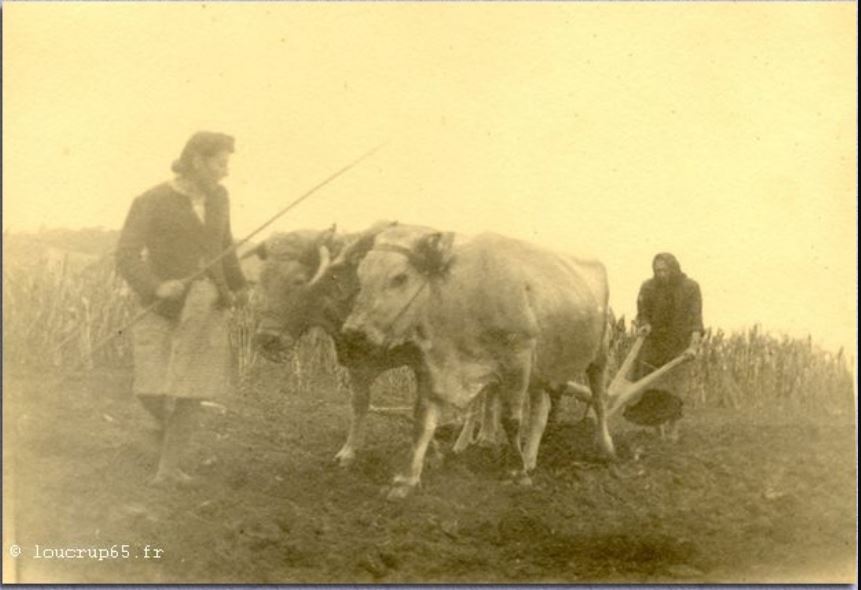


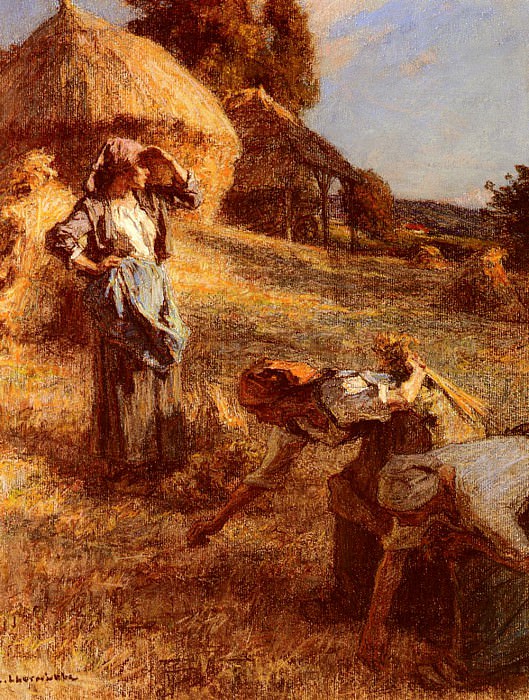



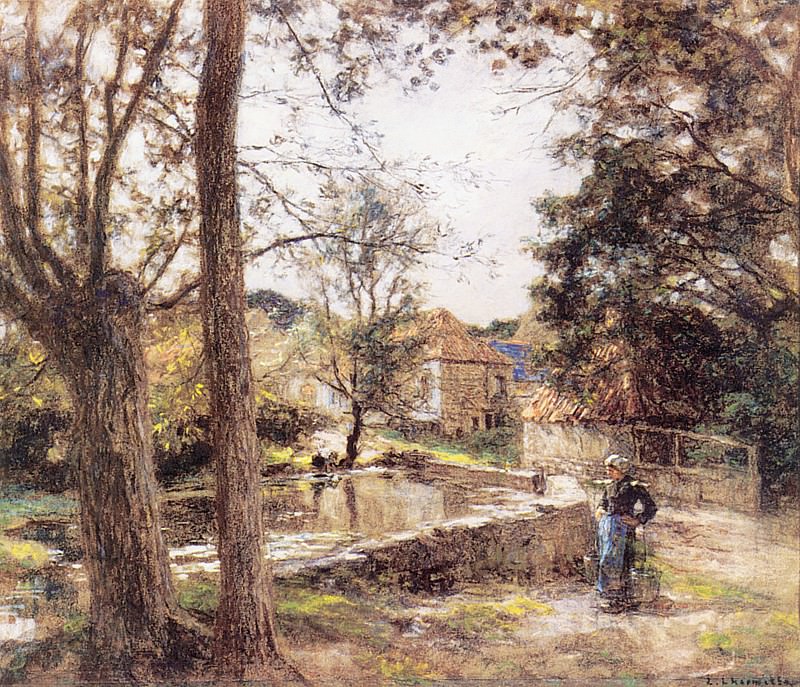

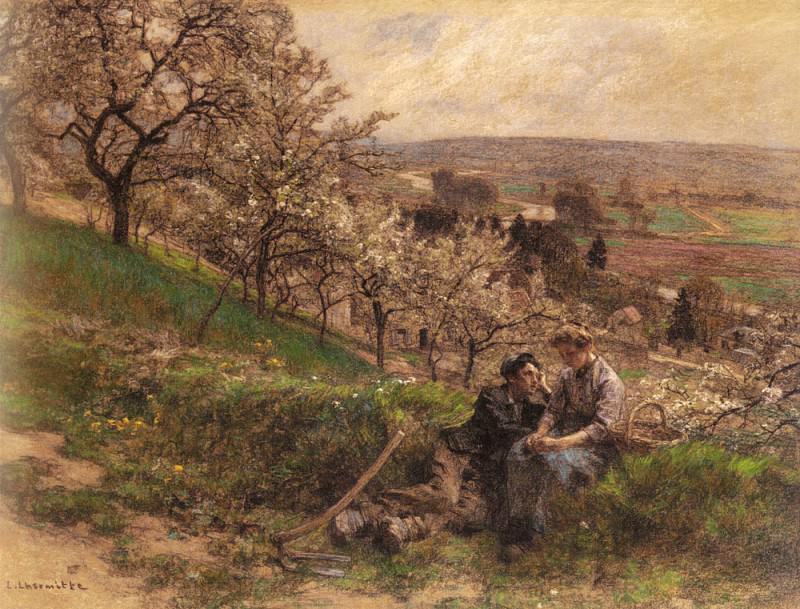

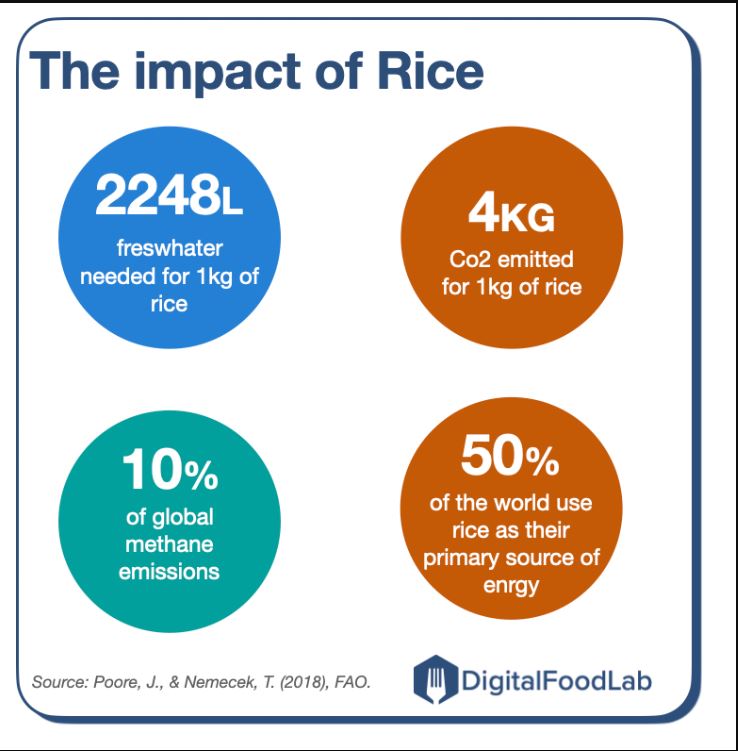

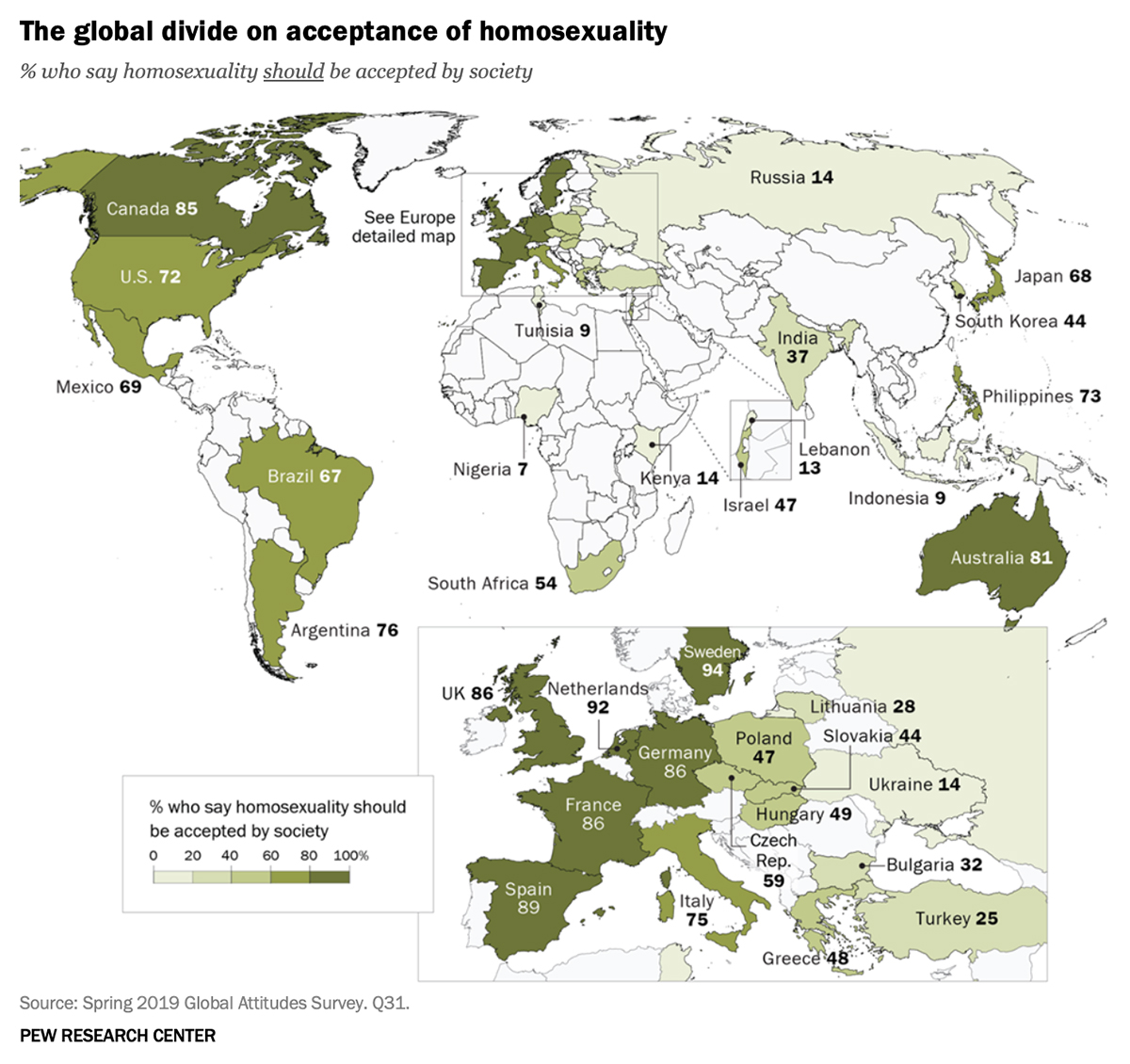
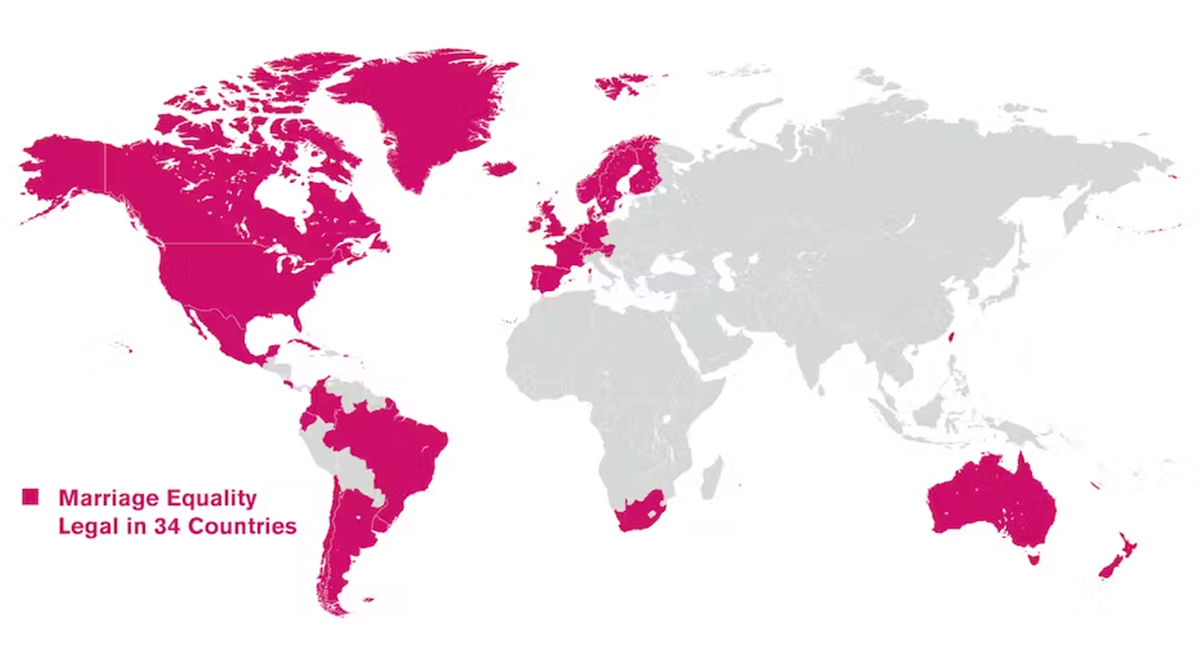
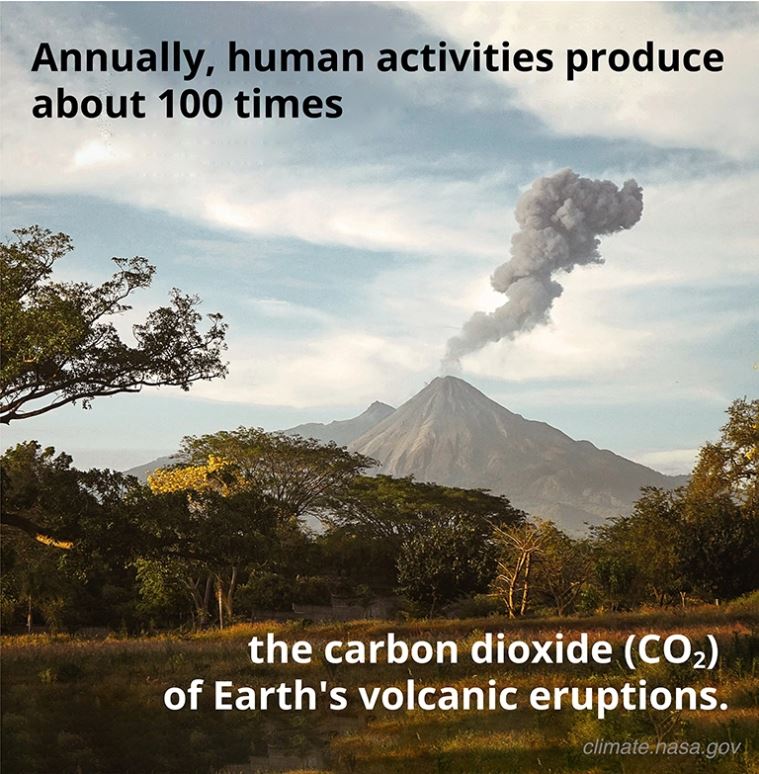

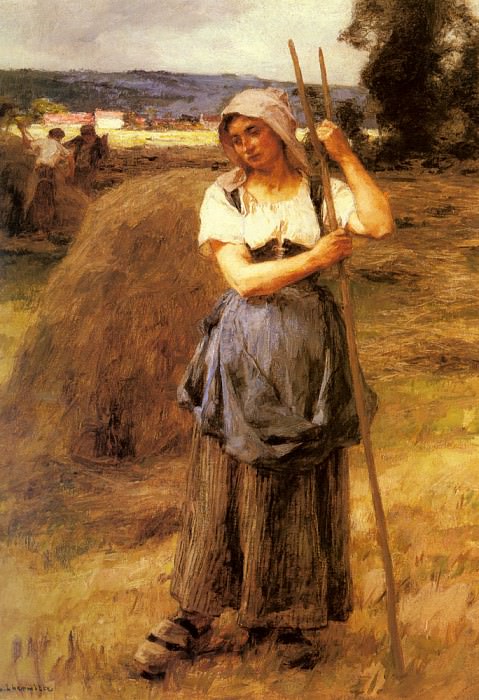
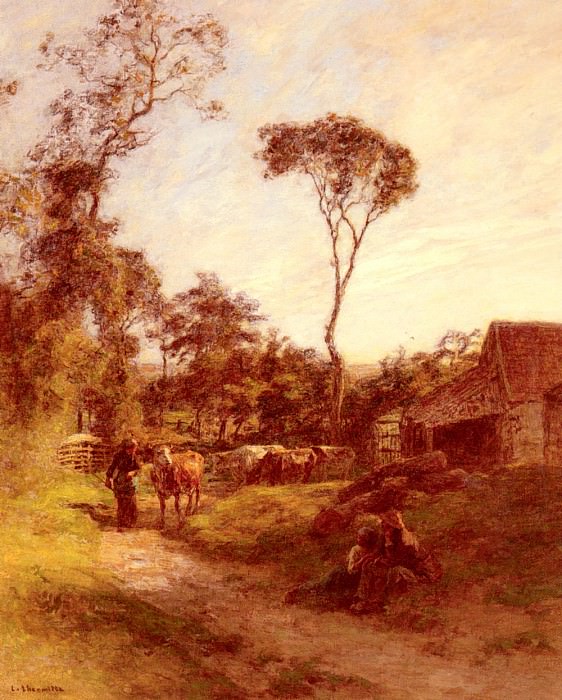

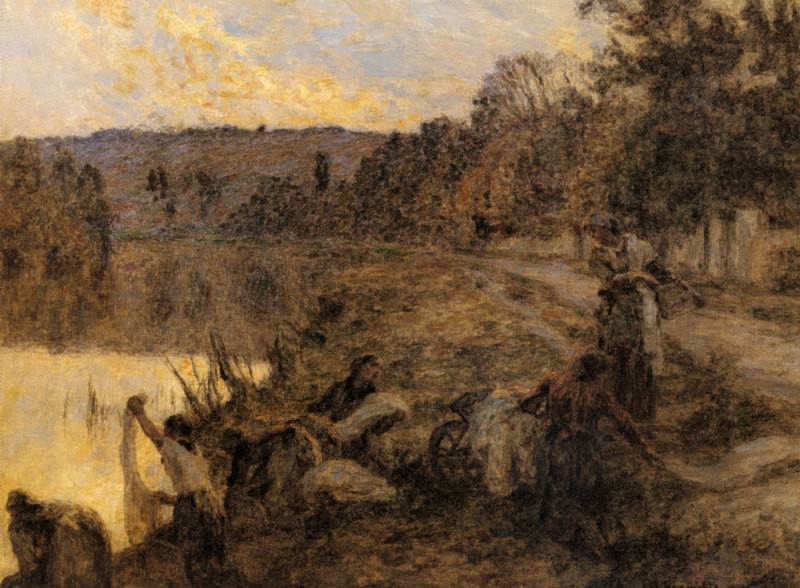



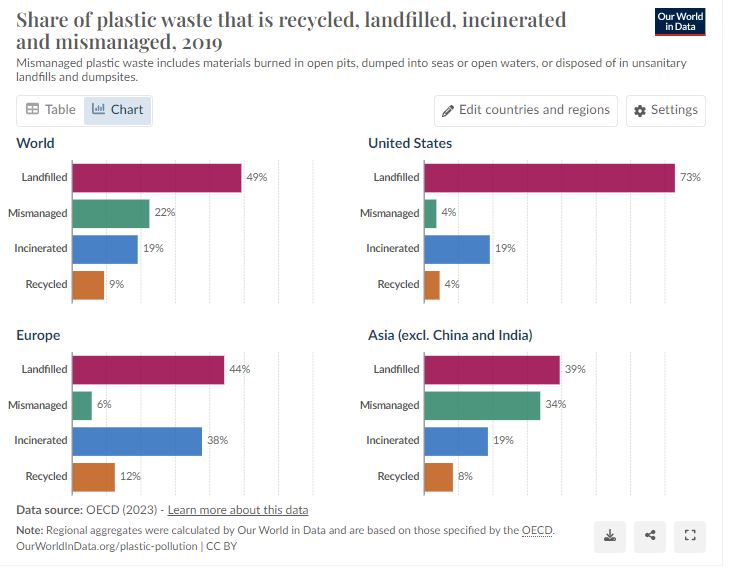
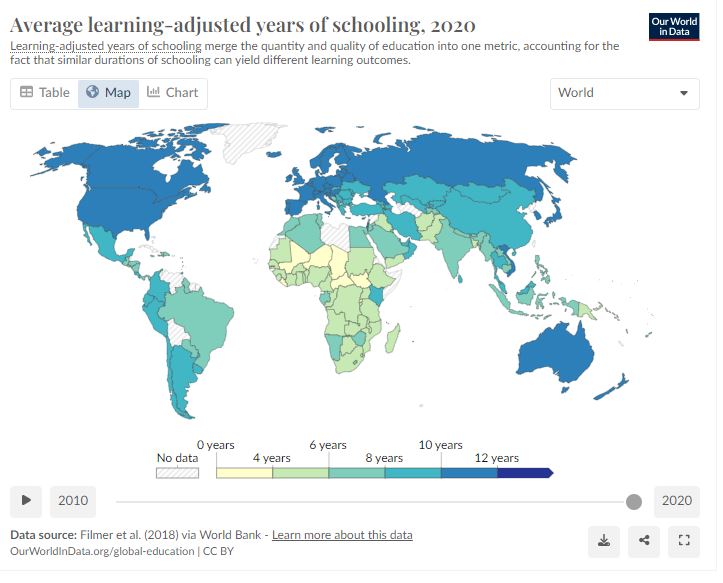
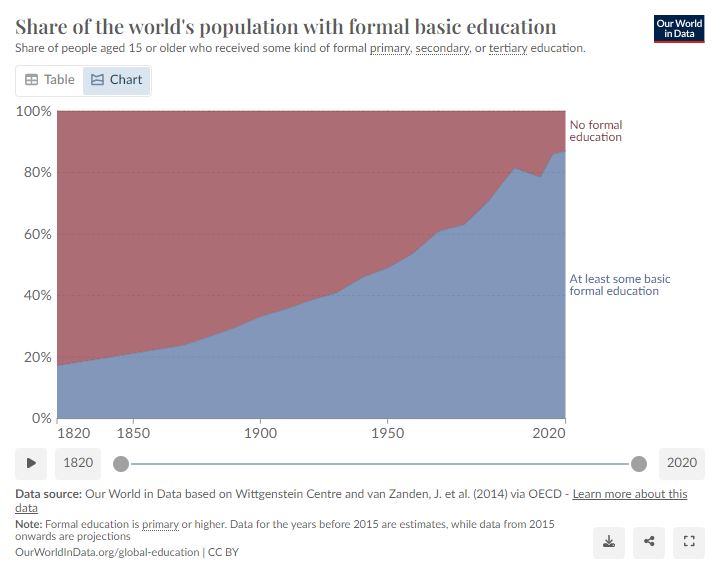

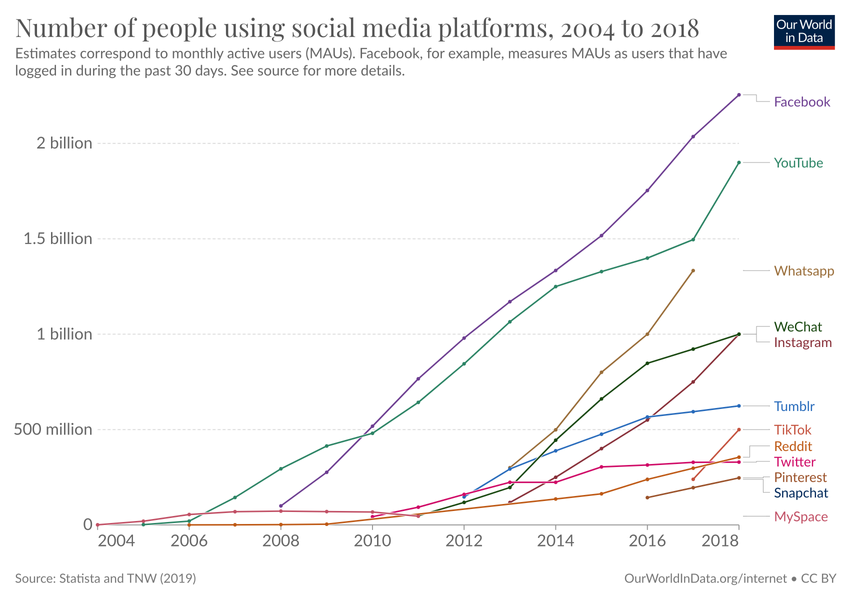
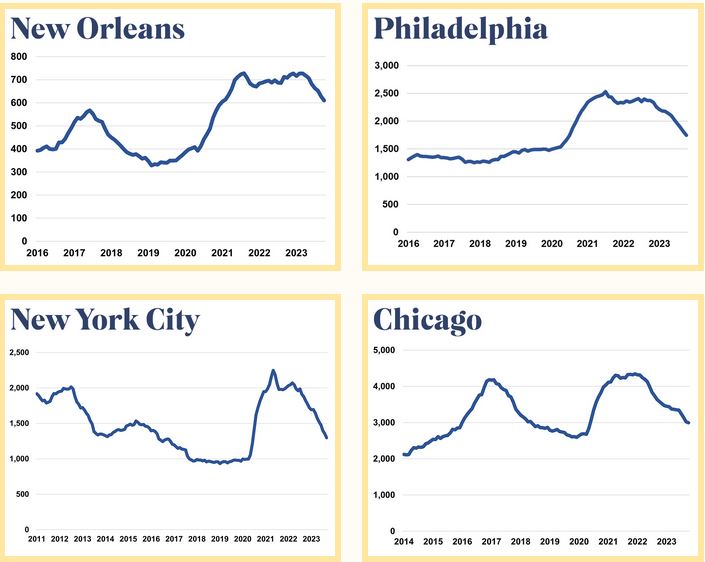
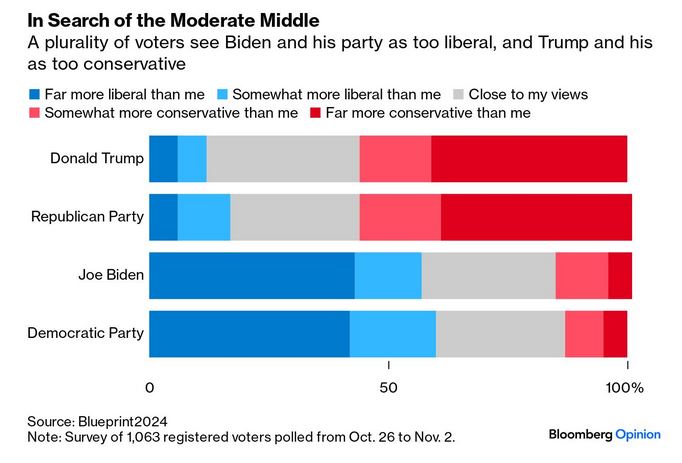
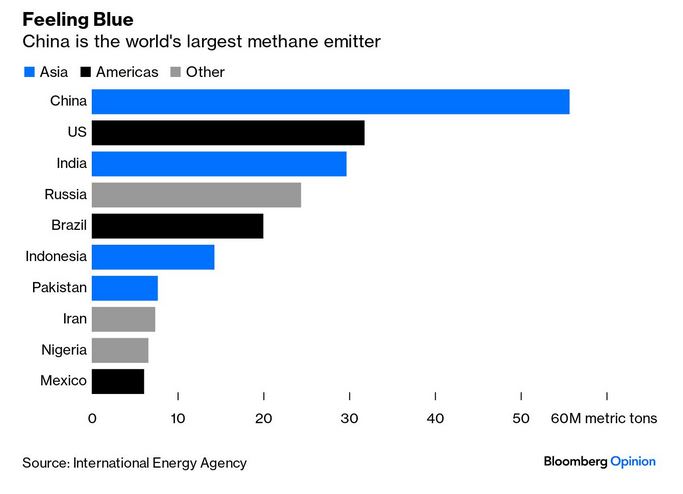
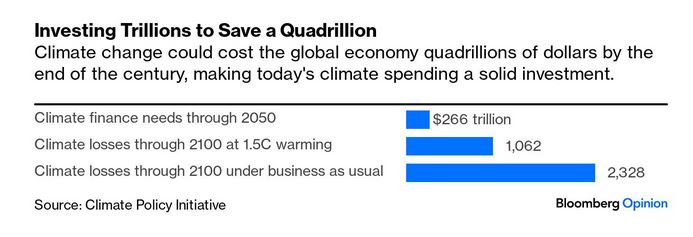
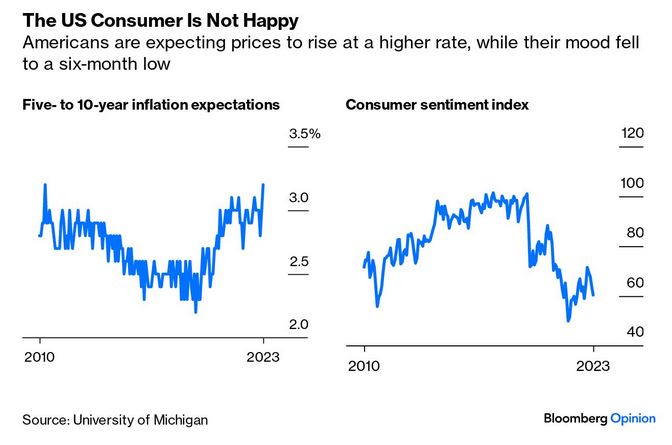
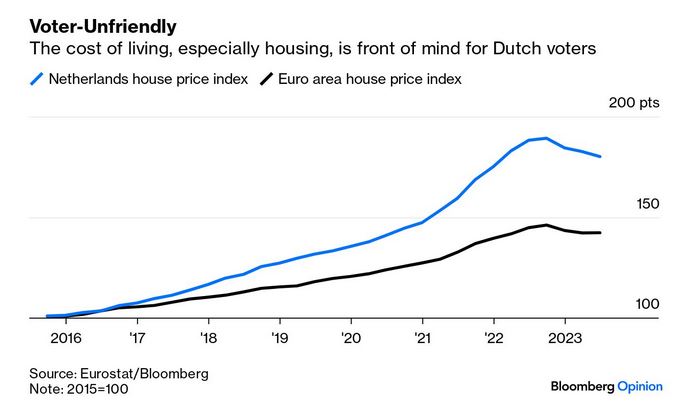
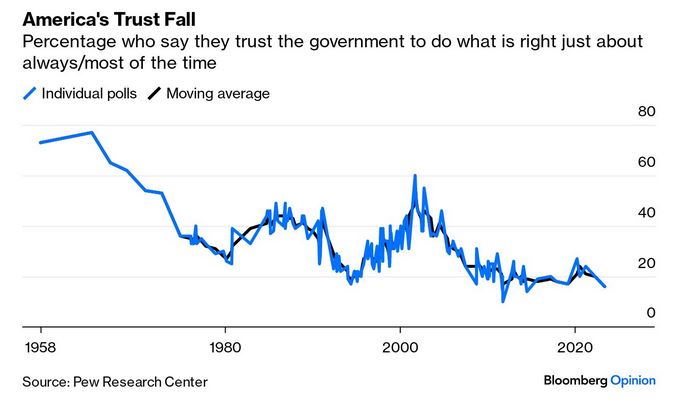
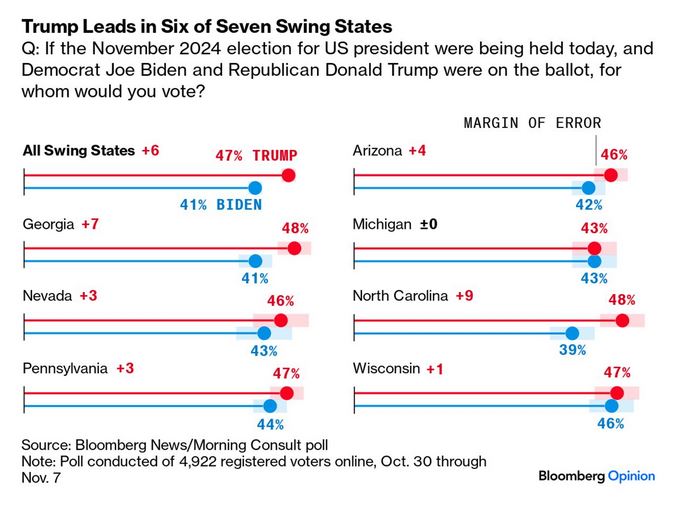
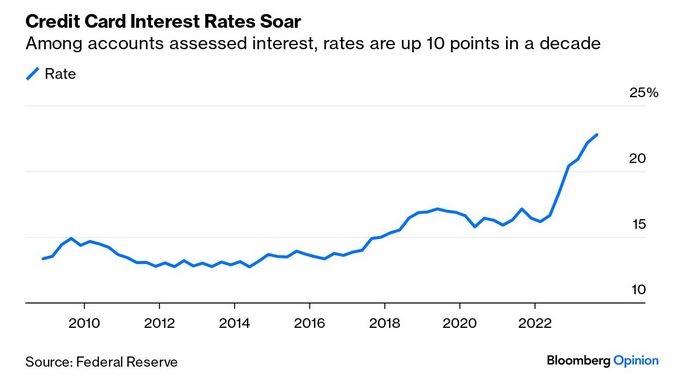
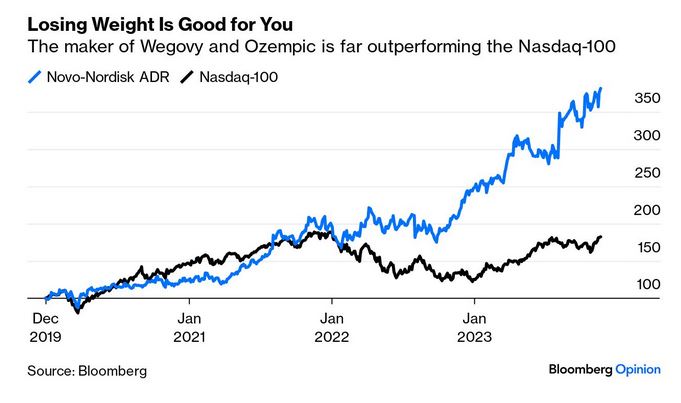
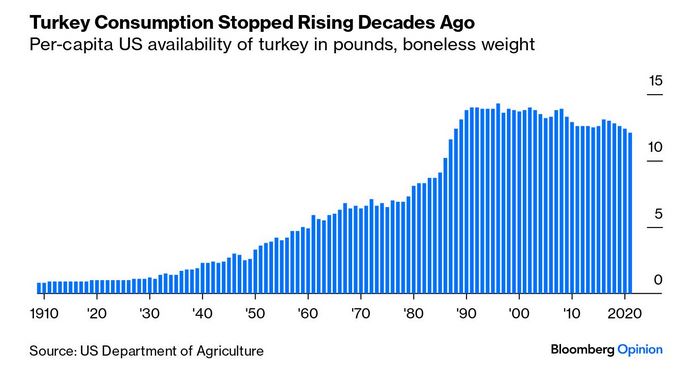
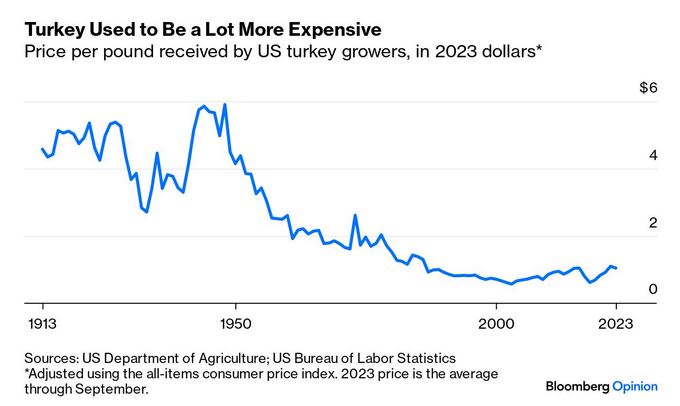
/image%2F1635744%2F20231120%2Fob_045123_capture-achats-2.png)
